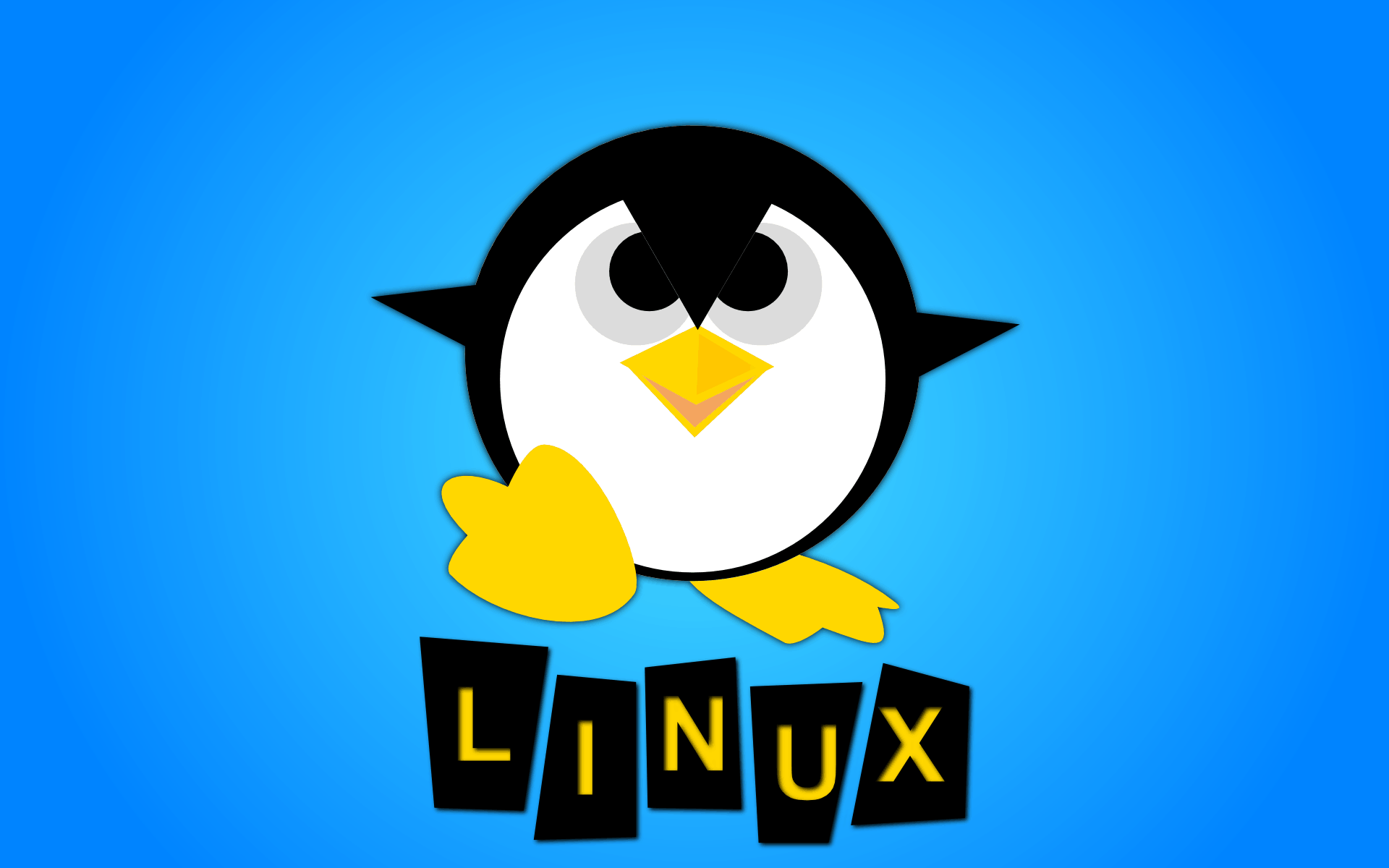
Linux users are stuck in a dilemma: Although the freedom to use open source software is great and highly appreciated, the operating system has only a small percentage of the regular users market (I do not count servers, which in a high proportion, use Linux), which makes certain large-scale industrial programs in Windows (for example, Adobe Photoshop) not being ported by the developer on Linux.
This prevents some lazy users from learning something new, and they not give up Windows in favor of Linux. However, what options are available in Linux for photo editing?
Photoshop in WINE
Those users who are familiar with Photoshop should not give up at once: it can run well on Linux using WINE. Wine (Wine Is Not an Emulator), is like a sand box which uses part of the Linux system to run Windows programs. Not all Windows programs can be run with Wine, but Photoshop is one of those that can be installed on Linux (at least some versions).
Fortunately, WINE is constantly evolving, so it now carries a lot of software that could not be played in the past. Here you can read about some of them:
1. GIMP
If there is a program that can be considered an open source version of Photoshop, it is GIMP (GNU Image Manipulation Program). GIMP is the oldest open source software that still exists and is constantly being developed. It is particularly flexible and includes plenty of basic features that can reproduce the same effects as Photoshop. GIMP has been built from scratch on the extensibility principle, so it accepts a lot of third-party plug-ins which can add to it new functionality.
GIMP is powerful enough to be used professionally. The only drawback (for some) is that they deliberately avoid the Photoshop interface (even if it is somehow similar), so shortcuts, menus, and settings do not match Photoshop.
2. Inkscape
Inkscape is more a vector image editor, which means it’s closer to Illustrator than to Photoshop. However, some use Photoshop and GIMP for vector image editing, but they should know that Inkscape is a better solution.
Some Inkscape features are: advanced object grouping and their management, vector-based forms and, very importantly, it can accept many plug-ins that extend its functionality – just like GIMP.
Unfortunately, as with many open source programs, its interface is not desirable, which may cause some discontent among the crunchies. According to the specialists, it can be used successfully in semi-professional environments, not being as clean and refined according to the same specialists as Illustrator.
3. Pinta
In Windows, the best alternative to Photoshop for minor editing is Paint.NET. It’s simpler than Photoshop, but not very spartan like MS Paint.
Paint.NET’s Linux equivalent is Pinta.
Pinta comes with all the basic features right from the installation, including the possibility of adding unlimited layers and over 35 effects useful for fast photo adjustments. It is the ideal solution for fast retouching and simple image changes. For complex edits, use GIMP.
4. Krita
In 1998, a guy named Matthias Ettrich worked with the GIMP team. At one point, he caused a split in the GIMP community and created a concurrent publisher called Krita.
The main objective of Krita is to create digital paintings. That’s why some of its interface elements are hidden, making it easier to learn for beginners and easier to use for advanced.
What is “digital painting”? Art, comics, etc. creating by passionate people. These are easy to create with the Krita basic package tools: a few preset brushes, a layer editing engine, and vector editing support.
5. MyPaint
Whoever searches for a digital painting application with a minimal interface then they should stop at MyPaint. Like Krita, MyPaint addresses to artists, comic book creators, and others who hate to be distracted by the toolbars or additional windows of the program they work with. It supports pressure-sensitive tablets, unlimited cloth size, and customizable brushes. If someone considers Krita too complicated, then the ideal choice is MyPaint.

